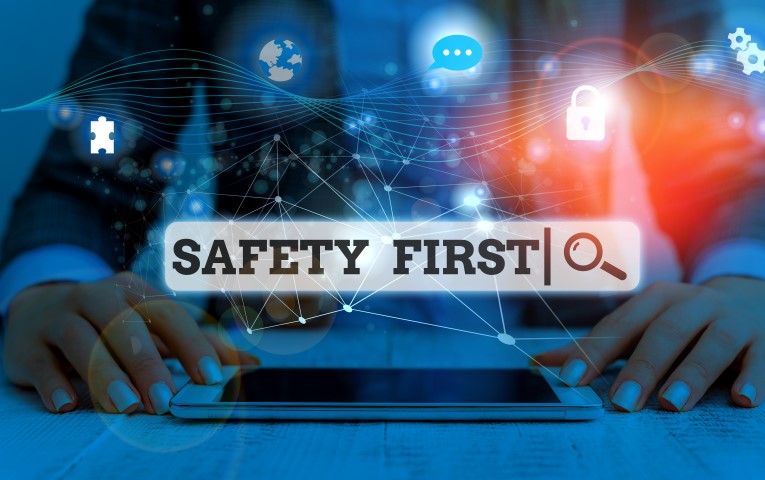Safety culture is the heartbeat of any organization, pulsating through its operations, policies, and values. It encompasses the shared beliefs, attitudes, and practices regarding safety within a workplace. Beyond mere compliance with regulations, a robust safety culture fosters an environment where every individual prioritizes safety as an integral part of their daily routine.
The importance of safety culture cannot be overstated. It serves as the cornerstone of accident prevention, ensuring the well-being of employees and safeguarding the integrity of operations. A strong safety culture promotes open communication, empowering employees to report hazards without fear of reprisal, thus enabling timely interventions and risk mitigation.
Furthermore, a positive safety culture cultivates trust and morale among workers, enhancing productivity and engagement. When employees feel valued and protected, they are more likely to invest themselves fully in their tasks, driving organizational success.
Beyond its internal benefits, a robust safety culture also enhances an organization’s reputation and credibility. Customers, partners, and stakeholders are increasingly inclined to collaborate with entities that prioritize safety, viewing them as reliable and responsible partners.
In essence, safety culture is not just a checkbox on a regulatory form; it’s a fundamental aspect of organizational excellence. By embracing and nurturing a strong safety culture, organizations not only fulfill their duty of care but also lay the foundation for sustainable growth and success.

